Majed Alinizzi
Using UAVs for vehicle tracking and collision risk assessment at intersections
Oct 11, 2021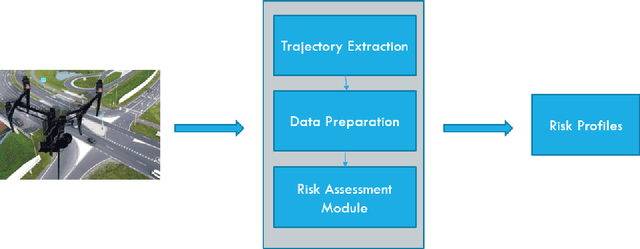
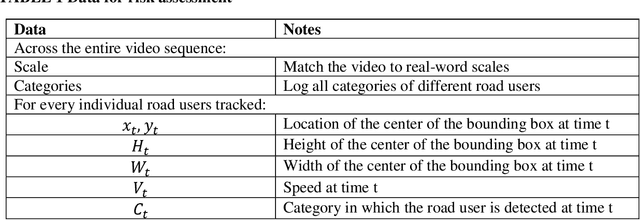
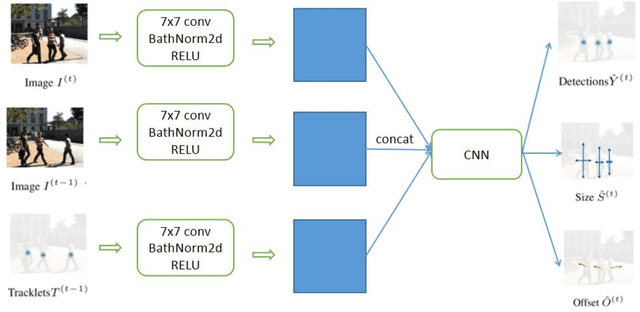

Abstract:Assessing collision risk is a critical challenge to effective traffic safety management. The deployment of unmanned aerial vehicles (UAVs) to address this issue has shown much promise, given their wide visual field and movement flexibility. This research demonstrates the application of UAVs and V2X connectivity to track the movement of road users and assess potential collisions at intersections. The study uses videos captured by UAVs. The proposed method combines deep-learning based tracking algorithms and time-to-collision tasks. The results not only provide beneficial information for vehicle's recognition of potential crashes and motion planning but also provided a valuable tool for urban road agencies and safety management engineers.
Estimating IRI based on pavement distress type, density, and severity: Insights from machine learning techniques
Oct 11, 2021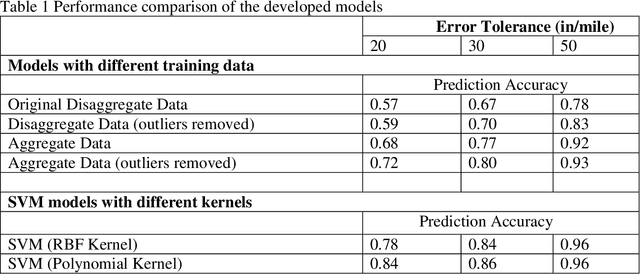
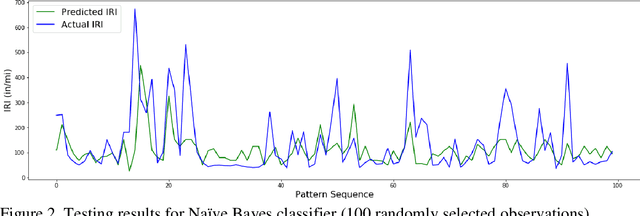

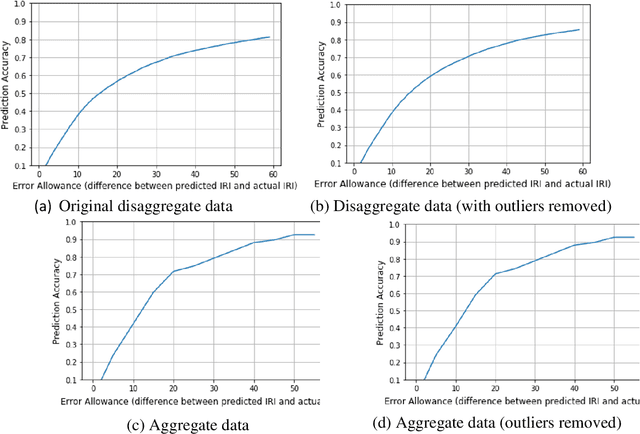
Abstract:Surface roughness is primary measure of pavement performance that has been associated with ride quality and vehicle operating costs. Of all the surface roughness indicators, the International Roughness Index (IRI) is the most widely used. However, it is costly to measure IRI, and for this reason, certain road classes are excluded from IRI measurements at a network level. Higher levels of distresses are generally associated with higher roughness. However, for a given roughness level, pavement data typically exhibits a great deal of variability in the distress types, density, and severity. It is hypothesized that it is feasible to estimate the IRI of a pavement section given its distress types and their respective densities and severities. To investigate this hypothesis, this paper uses data from in-service pavements and machine learning methods to ascertain the extent to which IRI can be predicted given a set of pavement attributes. The results suggest that machine learning can be used reliably to estimate IRI based on the measured distress types and their respective densities and severities. The analysis also showed that IRI estimated this way depends on the pavement type and functional class. The paper also includes an exploratory section that addresses the reverse situation, that is, estimating the probability of pavement distress type distribution and occurrence severity/extent based on a given roughness level.
 Add to Chrome
Add to Chrome Add to Firefox
Add to Firefox Add to Edge
Add to Edge